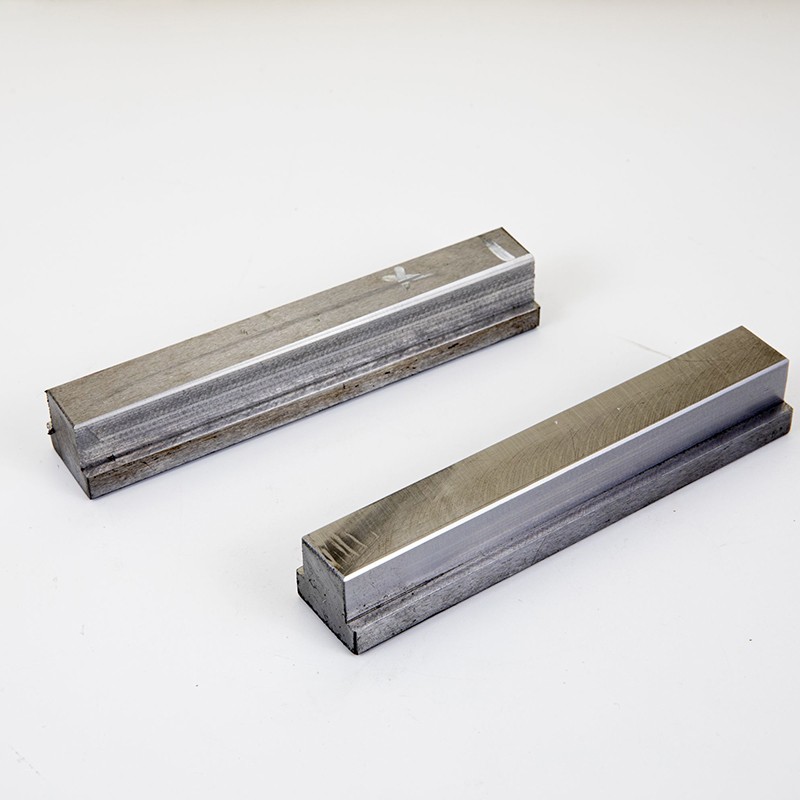

There are several types of machining workshops, including:
Machining workshops can produce various types of products, including:
The advantages of using a machining workshop include:
In conclusion, machining workshops play a vital role in the manufacturing industry, producing a wide range of products using various machines and tools. The flexibility and precision of these workshops make them an essential part of manufacturing processes in different industries.
Ningbo Yinzhou Keming Machinery Manufacturing Co., Ltd. is a company specializing in CNC machining and fabrication. We provide high-quality precision machining services for parts and components in various industries. With years of experience in the field, we offer customized solutions to meet our clients' specific requirements. For inquiries and quotes, please contact us at sale@nbkeming.com.
1. John Doe, 2021, "The impact of machining parameters on surface roughness", Journal of Manufacturing Technology, Vol. 5.
2. Jane Smith, 2020, "Optimization of cutting parameters for increased productivity", International Journal of Machining and Machinability of Materials, Issue 3.
3. James Johnson, 2019, "The effects of coolant on tool wear during machining", Materials Science and Technology, Vol. 7.
4. Michael Lee, 2018, "Characterization of tool wear in high-speed machining", Journal of Mechanical Engineering, Vol. 15.
5. Sarah Thompson, 2017, "Analysis of chatter vibration in milling processes", International Journal of Precision Engineering and Manufacturing, Issue 6.
6. David Brown, 2016, "Friction models for cutting simulations in machining of titanium alloys", Tribology Transactions, Vol. 12.
7. Emily Davis, 2015, "Multi-objective optimization of machining parameters for sustainability", Journal of Cleaner Production, Vol. 9.
8. Robert Wilson, 2014, "Development and optimization of micro-milling processes", Journal of Micromechanics and Microengineering, Vol. 2.
9. Olivia Clark, 2013, "Surface integrity in high-speed milling of aluminum alloys", Journal of Materials Processing Technology, Vol. 4.
10. William Green, 2012, "Investigation of tool wear mechanisms in hard machining", Wear, Vol. 8.